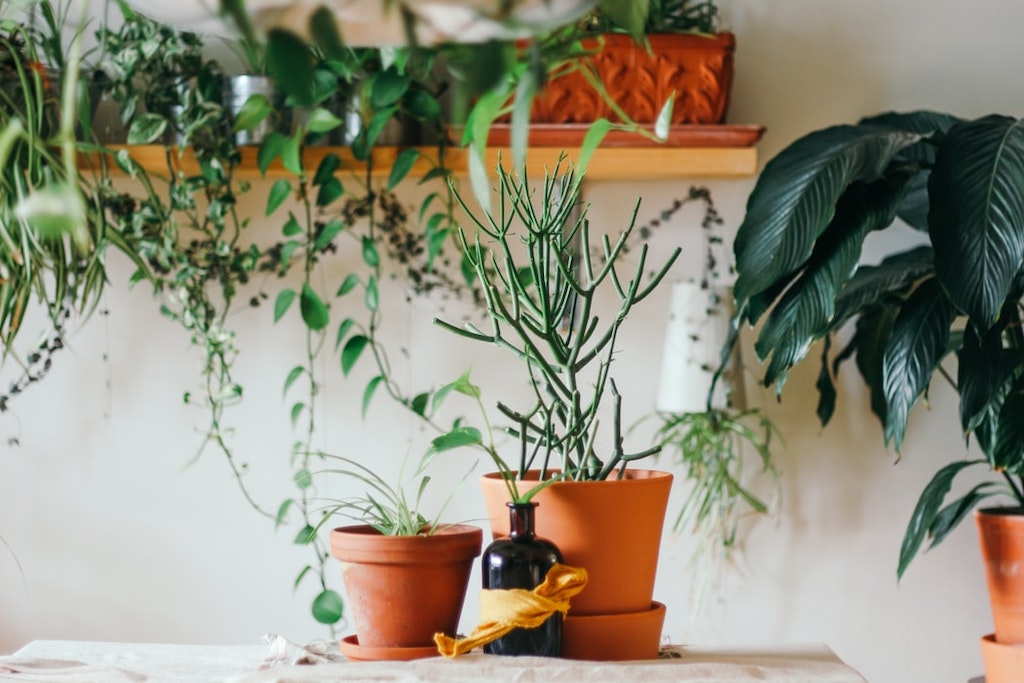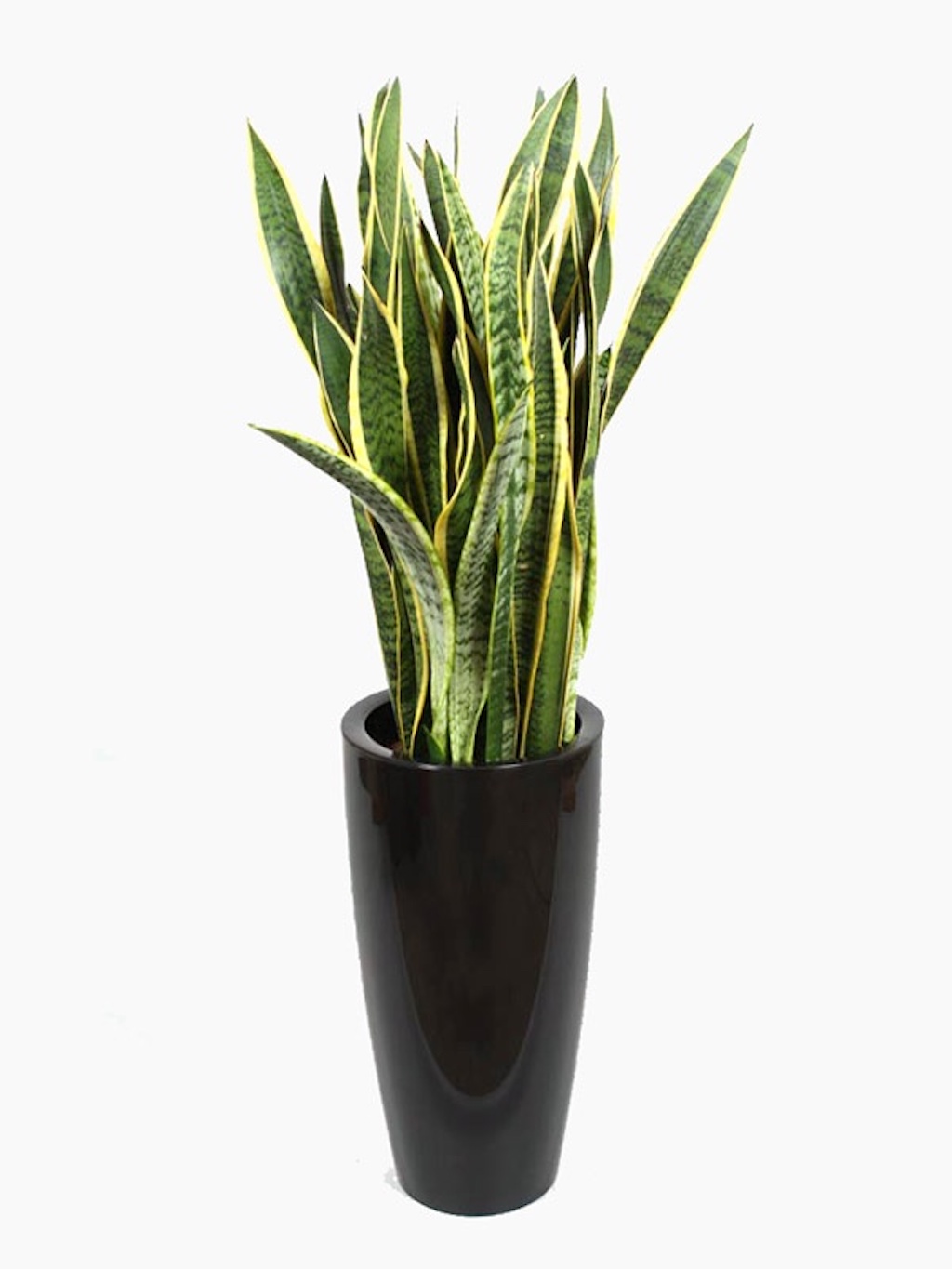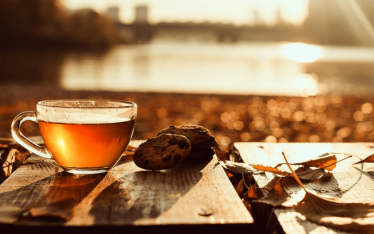Health and fitness editor Bhavash Padhiar tells us how we can reduce our carbon footprint and increase oxygen levels by filling our homes with environmentally friendly houseplants…
The Amazon rainforest is considered to be the lungs of the world and produces about 20% of the world’s oxygen. Apart from suffering many decades of deforestation, it is now on fire. So are large areas of forest in Serbia, India and Bolivia.
Our current prime minister has pledged £10 million and Leonardo DiCaprio has donated $5 million to put out the devastating fires in the Amazon. While we can’t fully breathe a sigh of oxygenated relief, but we aren’t going to starve ourselves of oxygen… not quite yet anyway.
What can we do? Most of us do not have a spare few million quid hanging around waiting to do good things, but we do have some lovely local garden centres on our doorstep, such as Lower Morden, a Wyevale Garden Centre and Morden Hall Park Garden Centre – a favourite of locals due to the exciting children’s activities available.
Travel a little further out to visit the Petersham Nursery and Garden Shop in Richmond, which has a beautiful variety of all kinds of plants as well a wonderful (and usually fully booked) restaurant. Chessington Garden Centre is also a popular one to visit by South-West residents.
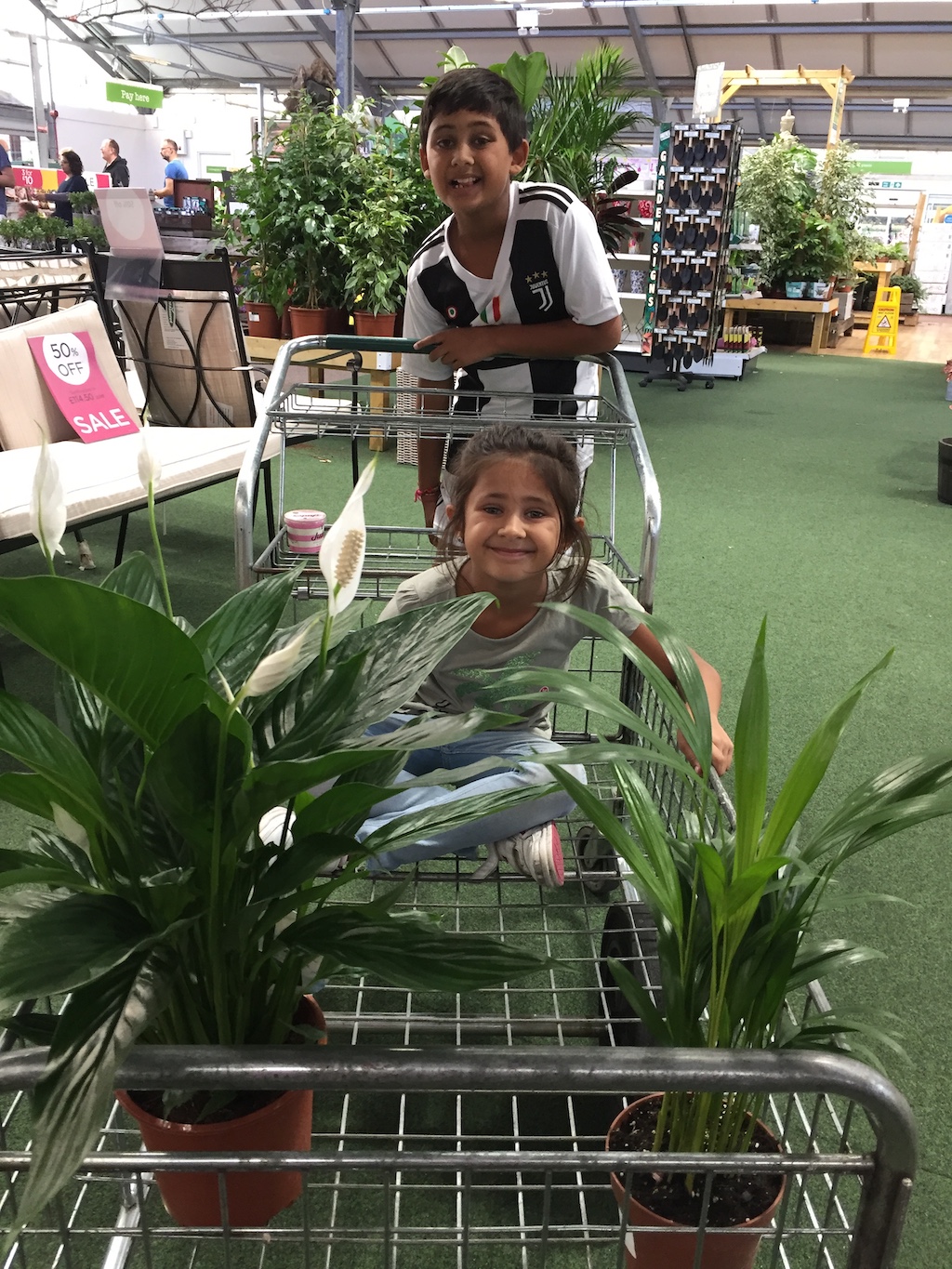
Photo: Bhavash Padhiar
How much oxygen do we need? It is believed that humans consume about 50 litres of oxygen an hour and a single leaf produces about 5ml of oxygen every hour by photosynthesis. With my mathematician’s hat on, that equates to about 10,000 leaves processing carbon dioxide into oxygen per person. The average oak tree has around 220,000 leaves which is enough to oxygenate 22 people – until autumn, when the leaves turn brown and fall off.
Remember, we have to share the oxygen with the animal population, too. Also, the greater the carbon dioxide concentration in the atmosphere, the less efficient leaves become at photosynthesis.
As most of us do not own our own rainforest, instead we can introduce leafy plants to our homes. Apart from converting carbon dioxide into oxygen, they also help to purify the air from airborne toxins too. Even NASA recommends everyone should have 15–20 houseplants in their home to cleanse the air – and NASA has been studying the oxygen-producing capabilities of plants for long-distance space travel and colonizing inhospitable planets.
Here are my top six oxygen-producing and air-filtering plants for the home:
1. Vipers Bowstring Hemp (Sansevieria trifasciata)
This very easy to grow plant is also known as the ‘Snake plant’ or ‘Mother-in-law’s tongue’. It is very effective in producing oxygen, especially at night once the sun has set. The Snake plant is one of the very few plants that opens its pores at night to convert carbon dioxide back to oxygen.
The pretty dark and light green leaves usually grow to between waist and shoulder height and is best placed on the bedroom floor to help with sleep due to its nighttime oxygen producing capabilities. The leaves also filter volatile chemicals usually contained in paint and cleaning products from the air which contribute to sick building syndrome where the air becomes so toxic humans fall ill.

2. Areca Palm (Dypsislutescens)
This plant is native to Madagascar and with arched fronds and lush foliage, Areca Palm makes a tropical addition to your home. Its large surface area of leaves makes it very efficient at removing toxins as well as making oxygen. This palm can grow up to 10 feet tall indoors so is not best placed in a small room. It requires a bright sunny room but needs to be out of direct sunlight or the leaves can develop brown spots.
It is a good plant to keep if you have pets that like to nibble on leaves as it is non-toxic to animals. I had an Areca Palm for many years in my home until a careless builder left it outside in winter! They do not like to get cold or over watered. I need a trip to Ikea for a new one; their houseplant range is excellent if you find yourself at a store.

Credit: Manha Vitolic
3. Golden Pothos or Devil’s Ivy (Epipremnum aureum)
This species of plant was originally native in the society islands in French Polynesia. It is a creeper plant that produces trailing stems that lay roots when they hit the ground. They will require regular trimming to keep from taking over the room and furniture. They are sometimes called Devil’s Ivy due to the fact they are very difficult to kill even when kept in the dark.
NASA prizes this plant for its exceptional ability to clear pollutants like benzene, xylene, toluene and formaldehyde (found in cleaning products and fragrance) from the air. This ability to take in and store harmful toxins means that the leaves can be dangerous if ingested by animals and small children.
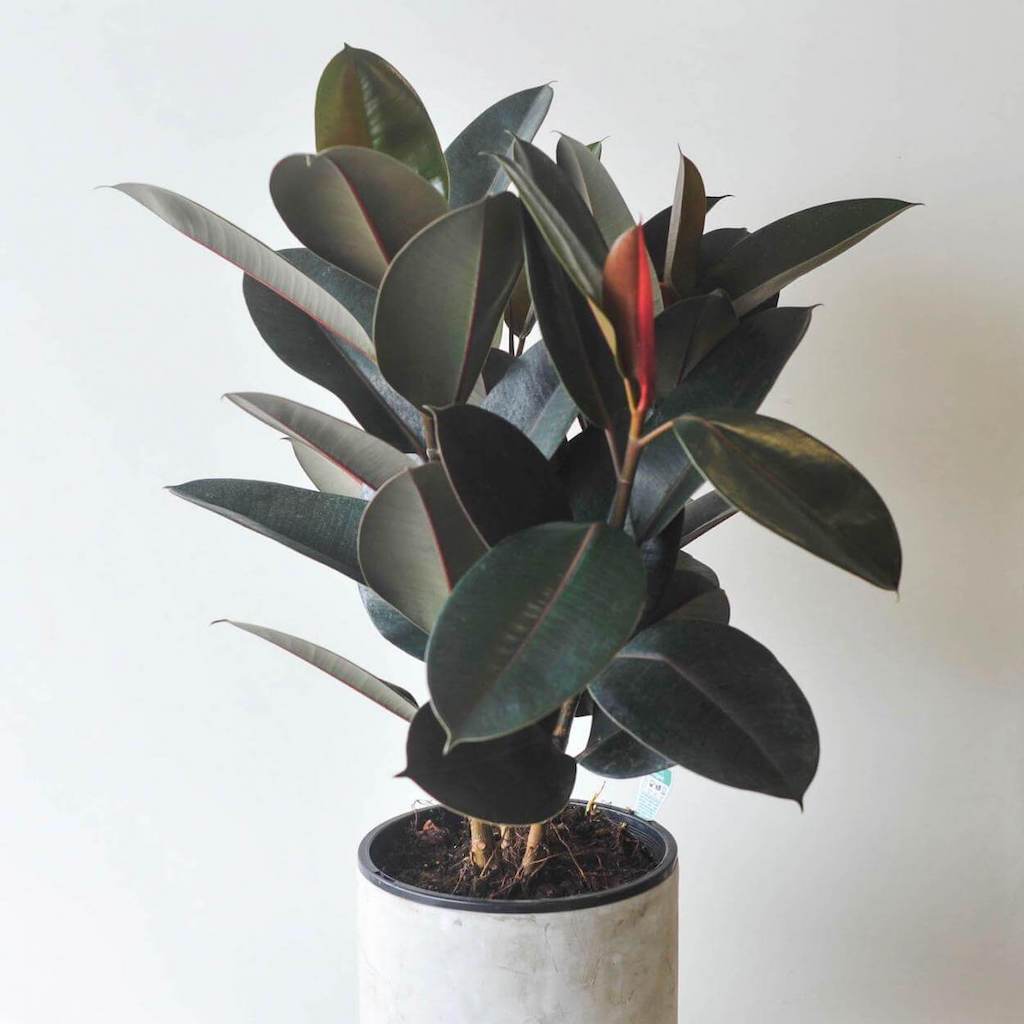 4. Rubber Plant (Ficus elastica)
4. Rubber Plant (Ficus elastica)
This tall plant with large, thick and glossy leaves is usually native to south and south-east Asia, and has made its way to the West Indies and Florida. It is a very easy to grow plant and is available in varieties with quite striking leaves in dark green and burgundy, making it an interior decorator’s favourite.
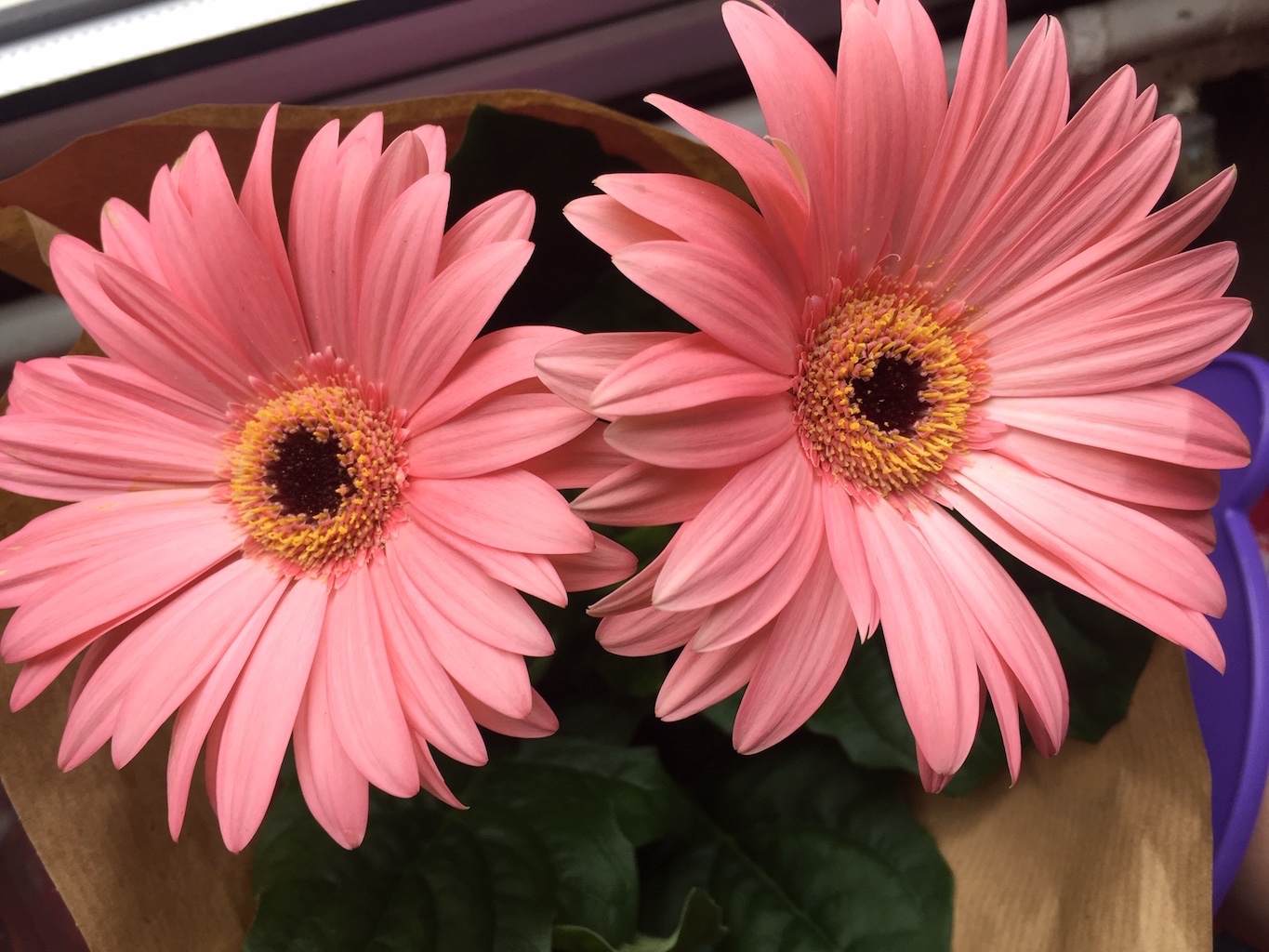
Credit: Bhavash Padhiar
5. Gerbera Daisy (Gerbera Jamesonii)
After the sea of green of the four plants mentioned above, the Gerbera Daisy is a much needed splash of colour. This pretty daisy, like the Viper’s Bowstring Hemp, has the ability to produce night-time oxygen as well as removing chemicals from the air.
Keep this plant in the bedroom as it helps those with sleep apneas and breathing disorders. They are easy to grow, needing just good sunlight – do not over-water or you will get fewer flowers.

Credit: Bhavash Padhiar
6. Peace Lilies (Spathiphyllum cochlearispathum)
My favorite of the list, and not just because it has a mouthful of an unpronounceable taxonomic nomenclature! This plant is more compact than the others so is much more suited to small rooms. It is listed in the NASA clean air study to clean indoor contaminants like benzene and formaldehyde.
These lilies aren’t actually real lilies but are tropical perennials which means they can live for many years and will flower many times over and over. Keep in bright but not direct sunlight and they will flower regularly. Do not over water and they are best kept in a humid environment.
Other benefits of plants at home
Looking after and caring for houseplants has been known to create calm and reduce stress. Digging the dirt can elevate your serotonin levels to improve your mood. Green leafy plants in your home or workplace have a cognitive and emotional upside as published in Psychology Today and have been linked to creative thinking. Interestingly, artificial plants have a similar effect on creativity.
So go on, buy some plants, create some oxygen, feel better, sleep better and save the planet one room at a time!
Written By: Bhavash Padhiar
Facebook: @wimblederm
Instagram: @wimblederm
Twitter: @bhavashmedical
